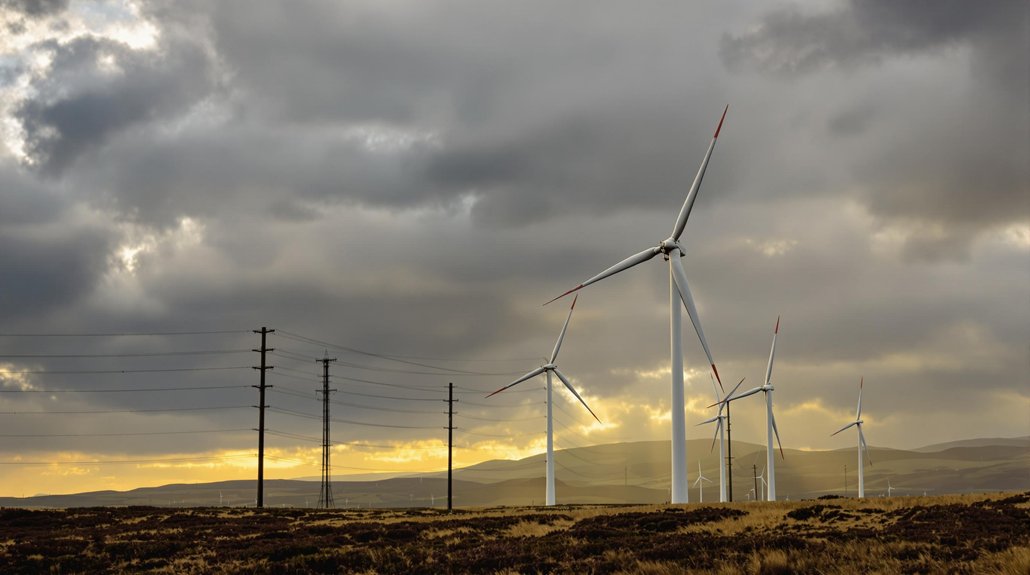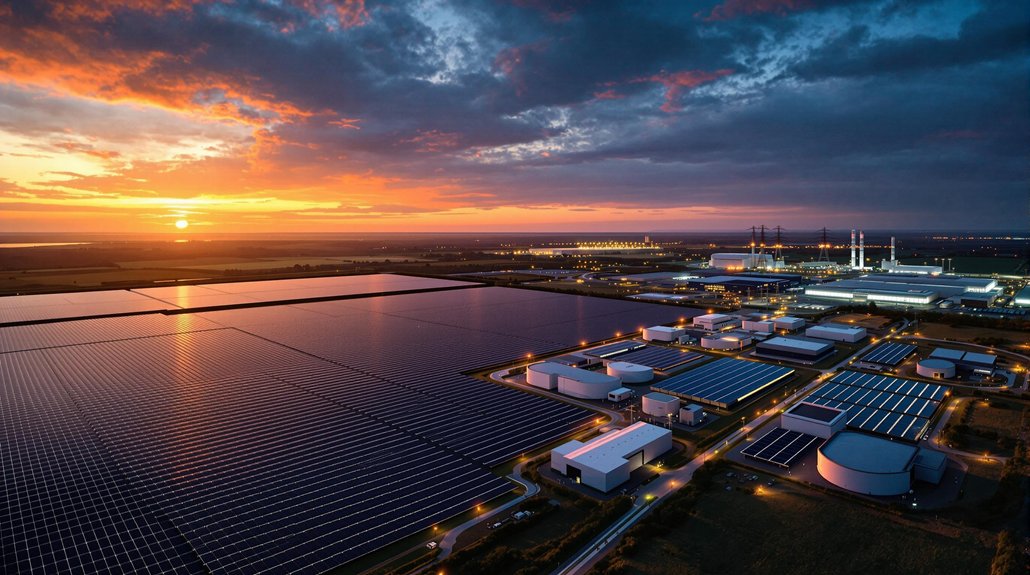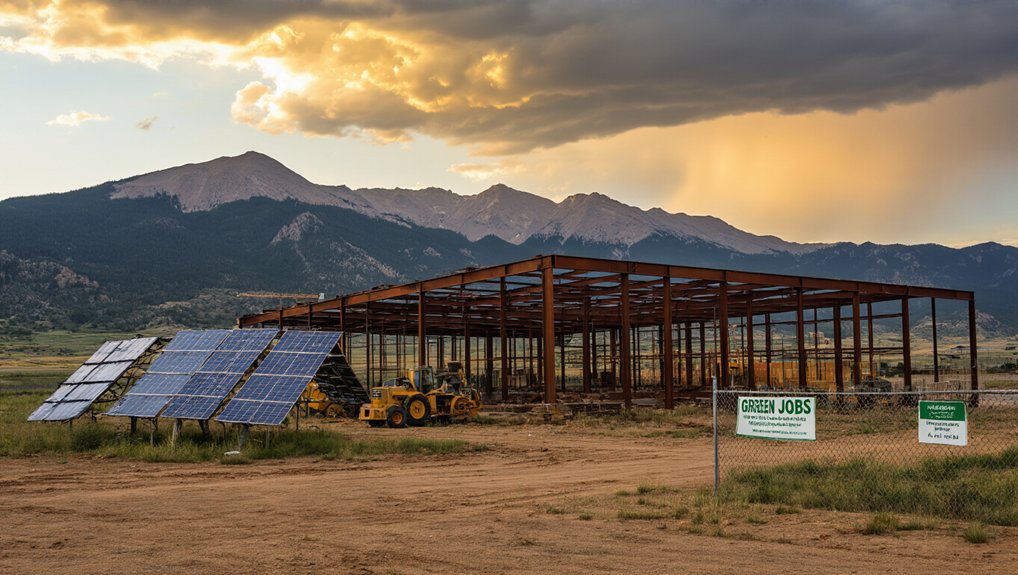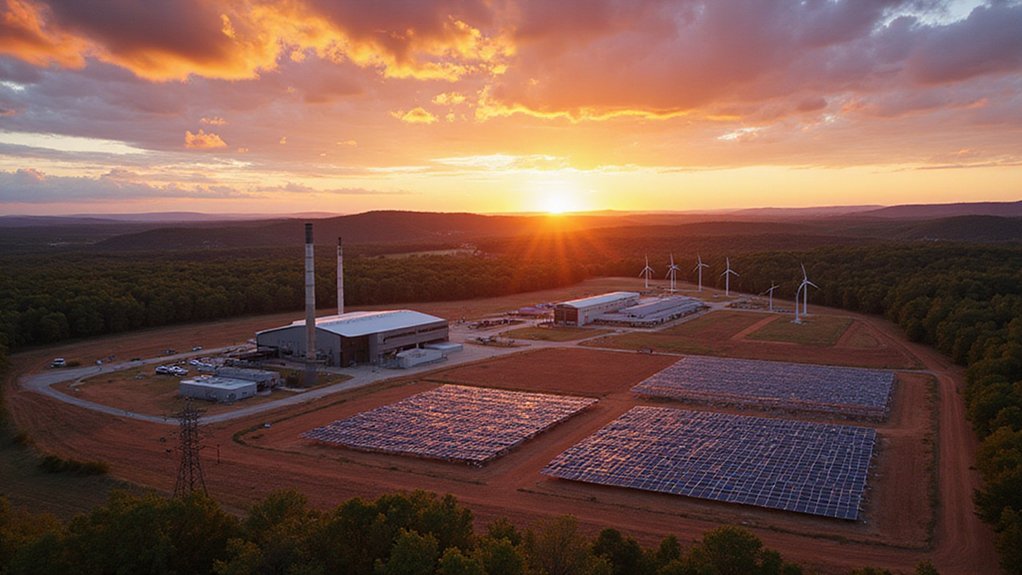Scotland’s renewable energy boom has crashed headfirst into a painful reality. Wind farms that should be powering homes are instead being paid millions to do absolutely nothing. Between 2010 and 2023, Scottish onshore wind received a staggering £1.6 billion in constraint payments. Just sit with that number for a second. Billions. To stop turning.
Last year was a record-breaker, with GB wind curtailment costs hitting around £1.5 billion. The problem? Scotland’s got plenty of wind but not enough wires to send that power south. It’s like building a massive water tank with a drinking straw as the only outlet. Genius planning, really.
Scotland built a renewable powerhouse then forgot the infrastructure to deliver it. Classic energy planning at its finest.
Those headlines about “40% of wind paid to stay silent” aren’t describing the annual situation, to be fair. They’re talking about specific windy periods when the grid is completely overwhelmed. Still bad, just not quite the year-round disaster some make it out to be.
Meanwhile, Scottish renewable capacity keeps growing like there’s no tomorrow – 17.7 GW as of early 2025, up nearly 14% in just a year. The growth is part of a steady trend, as Scotland’s renewable capacity has increased fourfold since 2008. The pipeline is even more ambitious, with 36.4 GW of generation projects and 30.8 GW of storage waiting in the wings. Offshore wind, onshore wind, batteries… they’re planning it all.
But here’s the twist: every new turbine makes the bottleneck worse until they upgrade the transmission system. So what happens? Wind farms get told to shut down, gas plants elsewhere fire up to compensate, and consumers foot the bill for both. Talk about efficiency. This intermittency issue exemplifies one of the major challenges facing renewable energy transitions globally.
The economic ripple effects are just delightful. Constraint payments and redispatch costs drive up everyone’s energy bills. This contrasts sharply with the UK’s impressive progress where wind power contributed 30% of the country’s electricity in 2024. Projects like the massive Viking Wind Farm in Shetland (0.44 GW) face the real possibility of being built just to sit idle during the windiest days.
Scotland’s green transformation is impressive on paper. But in reality? It’s currently a costly lesson in what happens when ambition outpaces infrastructure.
References
- https://www.gov.scot/publications/energy-statistics-for-scotland-q1-2025/pages/renewable-electricity-capacity/
- https://www.scottishrenewables.com/our-industry/statistics
- https://www.gov.scot/publications/energy-statistics-for-scotland-q1-2025/pages/renewable-electricity-pipeline/
- https://www.sunsave.energy/blog/uk-renewable-energy-usage
- https://www.renewableuk.com/energypulse/ukwed/









